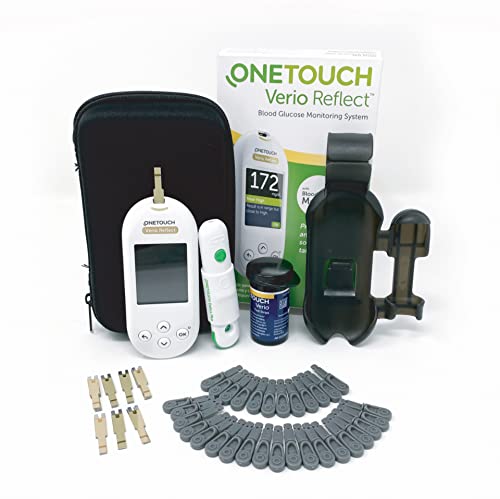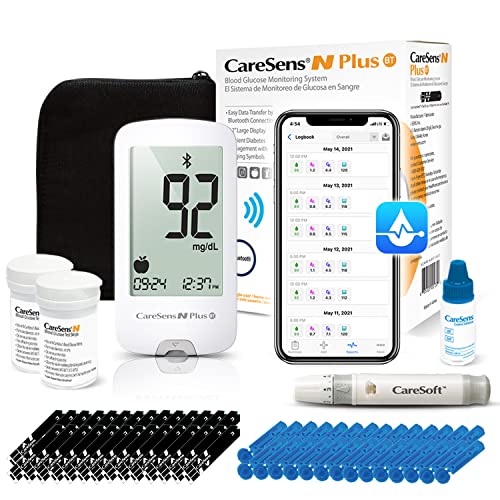Buying Guide for Blood Glucose Monitors
Blood Glucose Monitors (BGMs) are devices that people with diabetes use to measure the level of glucose in their blood. People with prediabetes or people who are at risk of developing diabetes may also use these monitors. There are different types of blood glucose monitors available on the market.
A sphygmomanometer, or blood pressure monitor, is used to measure blood pressure. The device consists of an inflatable cuff wrapped around your arm, roughly level with your heart, and a monitor that measures the pressure in the cuff. The monitor measures two pressures: systolic, and diastolic. Explore our wide range of blood glucose monitors to find the best options for you.
Benefits of Blood Glucose Monitors
More Insight than Monitoring Alone
A CGM provides real-time, dynamic information about your glucose levels, unlike a blood glucose meter that provides a single reading.
Improved Glycemin Control
Getting continuous feedback on diet, exercise, and insulin needs from a CGM can help you make better treatment decisions. The use of this knowledge allows tighter glycemic control than with the use of blood glucose meters alone.
Fast Proactive Response
The CGM takes glucose readings every few minutes and sends out alerts when your levels fall outside of your target range. This means you’ll often know that you are out of range before you begin to feel symptoms, and you can proactively respond.
Fewer Fingersticks
CGM devices use tiny sensors to measure glucose levels just beneath the skin. These sensors connect to a transmitter, which wirelessly transmits readings to a receiver or a compatible smart device.‡ At any time, you can see your reading with just a glance.
Factors to Consider Before Buying of Blood Glucose Monitor
Ease of Use
The blood glucose meter interface must be intuitive and should easily display the results and their description. Some models have a touch screen that is comfortable and easy to use. The device should preferably be of a size and shape that allows for a good grip. Explore our selection of blood glucose monitors which is user friendly.
Ease of Transport
Since the patient must be able to measure their blood glucose level anywhere and at any time of the day, the ease of transport of the device is an important factor to take into account. The patient will therefore be more inclined to choose a light space-saving model. Weight should not be a constraint, especially for young patients.
Blood Glucose Measurement Units
If a diabetic patient doesn't pay attention to the measurement unit they have selected when multiple meter options are available, they may be misled. An mg/dl number is converted to a g/l figure by dividing it by 100. In this case, 123 means that the patient has 1.23 grams of blood glucose in her capillaries when the meter is set in mg/dl. You multiply mmol/l by 0.18 in order to convert mmol/l to g/l.
Using a Chip
Each box of test strips in some blood glucose meters contains a specific chip. After the box is empty, the chip must be discarded. Adapting the meter/strip incorrectly can lead to inaccurate readings. It is essential to make sure that the code displayed on the meter matches the code on the test strip tube before taking a measurement if the meter requires this adaptation. There are also models that do not require a code to be entered to ensure the quality of the results. So, check before you buy.
Conclusion
Technology can affect the results obtained. The use of compatible test strips with the meter is therefore always of the utmost importance. Likewise, some types of technology can interfere with the treatment of some patients. Oxygen therapy, for example, is interfered with by glucose-oxidase meters. Glucose-dye-oxidoreductase-based meters interfere with maltose and galactose, as well as polysaccharides or oligosaccharides found in solutions for infusion.
Maltose can be present in high concentrations in the blood, either directly in immunoglobulin preparations or after metabolism. Browse through some of the best products that are listed in our featured section above to learn more about your purchasing options. They are been reviewed and are recommended based on their quality, performance, and durability. After reading hundreds of reviews, we recommend top blood glucose monitors.






















